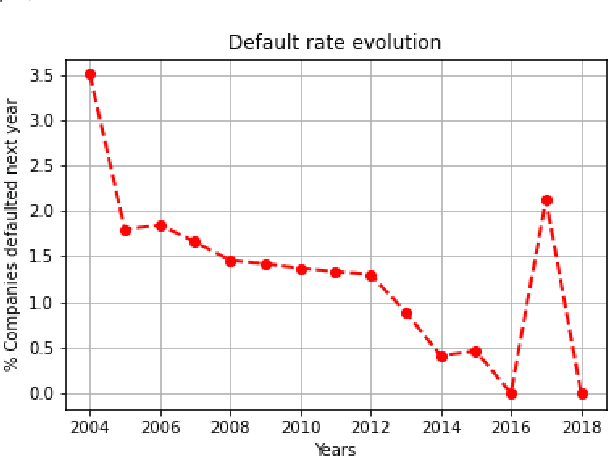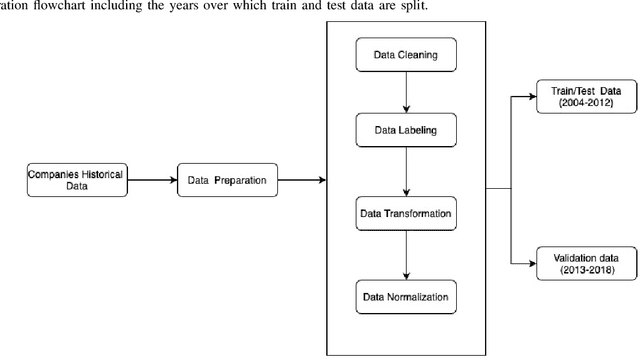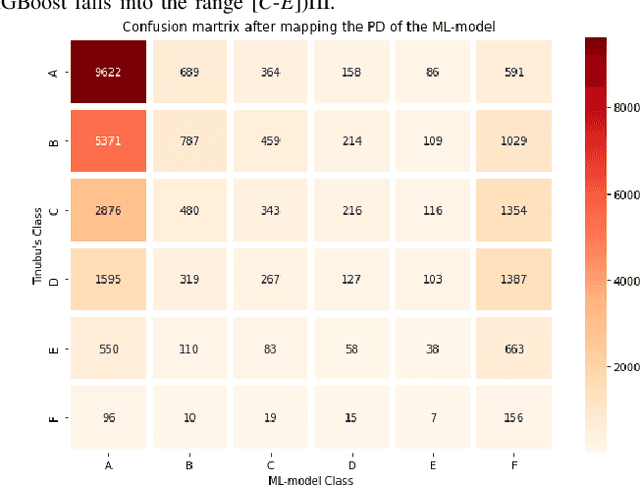Explaining Credit Risk Scoring through Feature Contribution Alignment with Expert Risk Analysts
Paper and Code
Mar 15, 2021



Credit assessments activities are essential for financial institutions and allow the global economy to grow. Building robust, solid and accurate models that estimate the probability of a default of a company is mandatory for credit insurance companies, moreover when it comes to bridging the trade finance gap. Automating the risk assessment process will allow credit risk experts to reduce their workload and focus on the critical and complex cases, as well as to improve the loan approval process by reducing the time to process the application. The recent developments in Artificial Intelligence are offering new powerful opportunities. However, most AI techniques are labelled as blackbox models due to their lack of explainability. For both users and regulators, in order to deploy such technologies at scale, being able to understand the model logic is a must to grant accurate and ethical decision making. In this study, we focus on companies credit scoring and we benchmark different machine learning models. The aim is to build a model to predict whether a company will experience financial problems in a given time horizon. We address the black box problem using eXplainable Artificial Techniques in particular, post-hoc explanations using SHapley Additive exPlanations. We bring light by providing an expert-aligned feature relevance score highlighting the disagreement between a credit risk expert and a model feature attribution explanation in order to better quantify the convergence towards a better human-aligned decision making.
 Add to Chrome
Add to Chrome Add to Firefox
Add to Firefox Add to Edge
Add to Edge